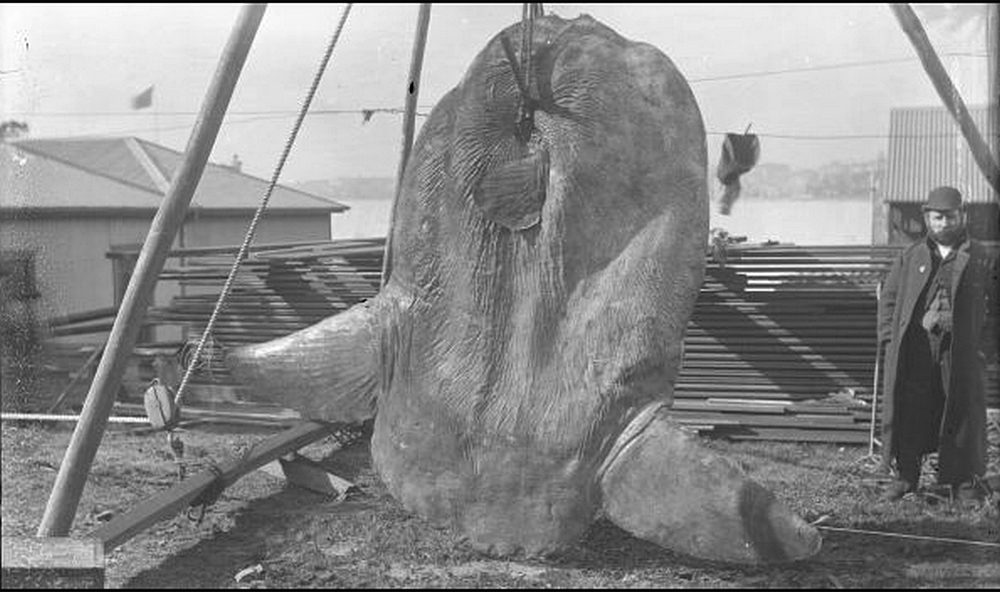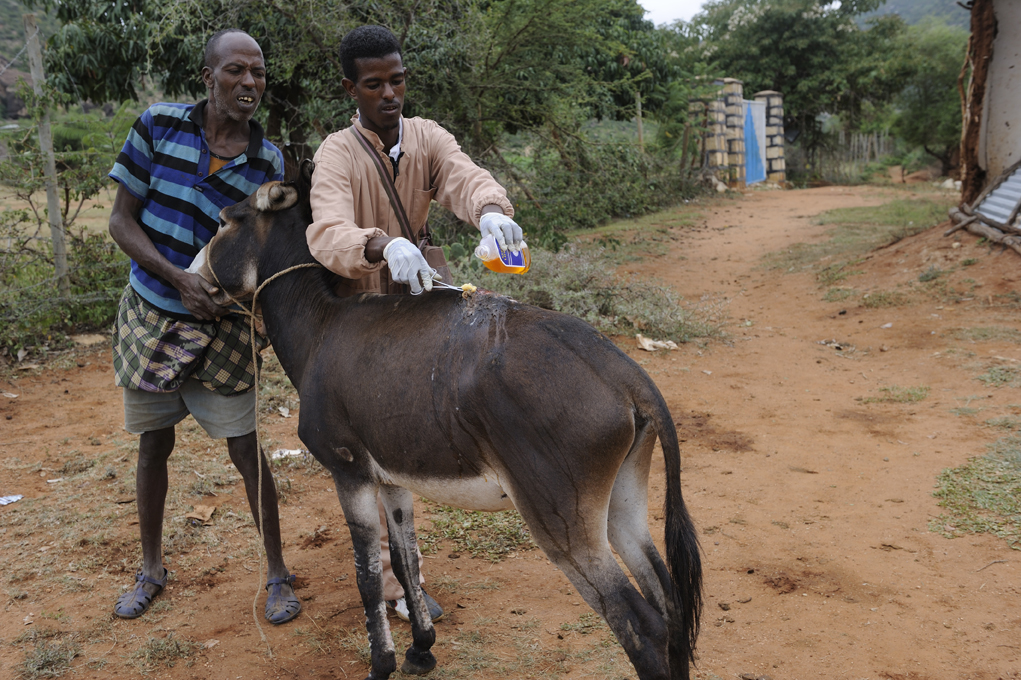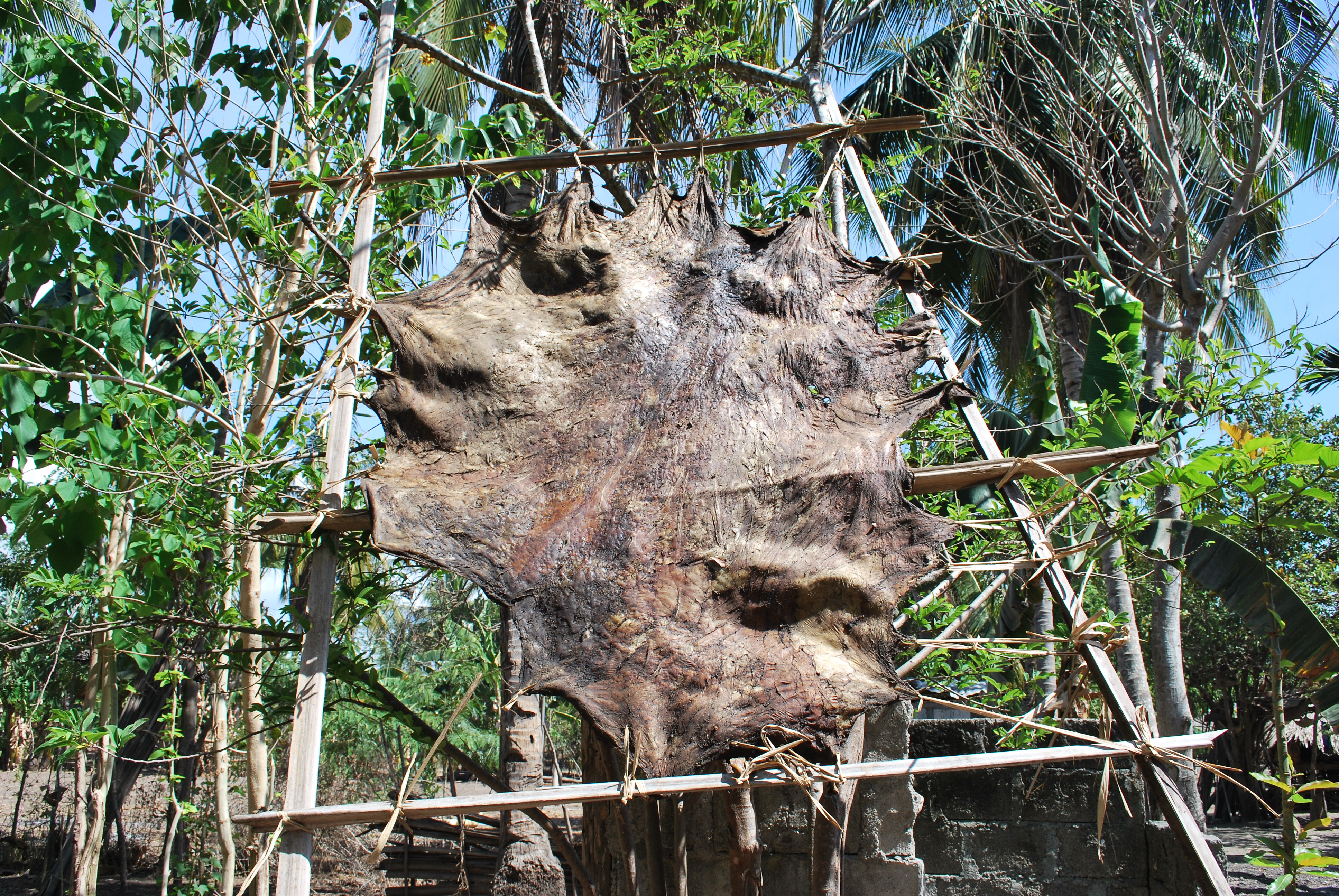|
Giant Sunfish
The giant sunfish or bumphead sunfish (''Mola alexandrini''), (also known as the Ramsay's sunfish, southern sunfish, southern ocean sunfish, short sunfish or bump-head sunfish in various parts of the world),Diane J. Bray, 2011, Short Sunfish, or even. Mola ramsayi, in Fishes of Australia, accessed 02 Feb 2014, http://www.fishesofaustralia.net.au/home/species/784 is a fish belonging to the family Molidae. It is closely related to the more widely known ''Mola mola'', and is found in the Southern Hemisphere. With a specimen found dead near the Azores in 2021 weighing in at 2744 kg (6049 lb) it is the largest extant Osteichthyes, bony fish species in terms of maximum recorded mass by a wide margin. It can be found basking on its side occasionally near the surface, which is thought to be used to re-heat itself after diving in cold water for prey, recharge its oxygen stores, and attract gulls to free itself of parasites. Taxonomy In December 2017, it was demonstrated that ''Mola ale ... [...More Info...] [...Related Items...] OR: [Wikipedia] [Google] [Baidu] |
Mola Mola
The ocean sunfish (''Mola mola''), also known as the common mola, is one of the largest bony fish in the world. It is the type species of the genus ''Mola'', and one of five extant species in the family Molidae. It was once misidentified as the heaviest bony fish, which was actually a different and closely related species of sunfish, '' Mola alexandrini''. Adults typically weigh between . It is native to tropical and temperate waters around the world. It resembles a fish head without a tail, and its main body is flattened laterally. Sunfish can be as tall as they are long when their dorsal and ventral fins are extended. Many areas of sunfish biology remain poorly understood, and various research efforts are underway, including aerial surveys of populations, satellite surveillance using pop-off satellite tags, genetic analysis of tissue samples, and collection of amateur sighting data. Adult sunfish are vulnerable to few natural predators, but sea lions, killer whales, and sha ... [...More Info...] [...Related Items...] OR: [Wikipedia] [Google] [Baidu] |
Naucrates Ductor
The pilot fish (''Naucrates ductor'') is a carnivorous fish of the trevally, or jackfish family, Carangidae. It is widely distributed and lives in warm or tropical open seas. Description The pilot fish congregates around sharks, rays, and sea turtles, where it eats ectoparasites on, and leftovers around, the host species; younger pilot fish are usually associated with jellyfish and drifting seaweeds. They are also known to follow ships, sometimes for long distances; one was found in County Cork, Ireland, and many pilot fish have been sighted on the shores of England. Their fondness for ships led the ancients to believe that they would navigate a ship to its desired course. The pilot fish's colour is between dark blue and blackish-silver, with the belly being lighter in colour.Eschmeyer & Herald 1999, p. 208. The pilot fish is also known to have a temporary variation of colour when excited; its dark-coloured bars disappear, and its body turns silvery-white, with three broad b ... [...More Info...] [...Related Items...] OR: [Wikipedia] [Google] [Baidu] |
Veterinary Science
Veterinary medicine is the branch of medicine that deals with the prevention, management, diagnosis, and treatment of disease, disorder, and injury in non-human animals. The scope of veterinary medicine is wide, covering all animal species, both domesticated and wild, with a wide range of conditions that can affect different species. Veterinary medicine is widely practiced, both with and without professional supervision. Professional care is most often led by a veterinary physician (also known as a veterinarian, veterinary surgeon, or "vet"), but also by paraveterinary workers, such as veterinary nurses, veterinary technicians, and veterinary assistants. This can be augmented by other paraprofessionals with specific specialties, such as animal physiotherapy or dentistry, and species-relevant roles such as farriers. Veterinary science helps human health through the monitoring and control of zoonotic disease (infectious disease transmitted from nonhuman animals to humans), f ... [...More Info...] [...Related Items...] OR: [Wikipedia] [Google] [Baidu] |
Gill Raker
Gill rakers in fish are bony or cartilaginous processes that project from the branchial arch (gill arch) and are involved with suspension feeding tiny prey. They are not to be confused with the gill filaments that compose the fleshy part of the gill used for gas exchange. Rakers are usually present in two rows, projecting from both the anterior and posterior side of each gill arch. Rakers are widely varied in number, spacing, and form. By preventing food particles from exiting the spaces between the gill arches, they enable the retention of food particles in filter feeders. The structure and spacing of gill rakers in fish determines the size of food particles trapped, and correlates with feeding behavior. Fish with densely spaced, elongated, comb-like gill rakers are efficient at filtering tiny prey, whereas carnivores and omnivores often have more widely spaced gill rakers with secondary projections. Because gill raker characters often vary between closely related taxa, they a ... [...More Info...] [...Related Items...] OR: [Wikipedia] [Google] [Baidu] |
Otoconia
An otolith (, ' ear + , ', a stone), also called otoconium, statolith, or statoconium, is a calcium carbonate structure in the saccule or utricle of the inner ear, specifically in the vestibular system of vertebrates. The saccule and utricle, in turn, together make the ''otolith organs''. These organs are what allows an organism, including humans, to perceive linear acceleration, both horizontally and vertically (gravity). They have been identified in both extinct and extant vertebrates. Counting the annual growth rings on the otoliths is a common technique in estimating the age of fish. Description Endolymphatic infillings such as otoliths are structures in the saccule and utricle of the inner ear, specifically in the vestibular labyrinth of all vertebrates (fish, amphibians, reptiles, mammals and birds). In vertebrates, the saccule and utricle together make the ''otolith organs''. Both statoconia and otoliths are used as gravity, balance, movement, and directional indica ... [...More Info...] [...Related Items...] OR: [Wikipedia] [Google] [Baidu] |
Lateral Line
The lateral line, also called the lateral line organ (LLO), is a system of sensory organs found in fish, used to detect movement, vibration, and pressure gradients in the surrounding water. The sensory ability is achieved via modified epithelial cells, known as hair cells, which respond to displacement caused by motion and transduce these signals into electrical impulses via excitatory synapses. Lateral lines play an important role in schooling behavior, predation, and orientation. Early in the evolution of fish, some of the sensory organs of the lateral line were modified to function as the electroreceptors called ampullae of Lorenzini. The lateral line system is ancient and basal to the vertebrate clade, as it is found in fishes that diverged over 400 million years ago. Function The lateral line system allows the detection of movement, vibration, and pressure gradients in the water surrounding an animal. It plays an essential role in orientation, predation, and fish ... [...More Info...] [...Related Items...] OR: [Wikipedia] [Google] [Baidu] |
Ossicle
The ossicles (also called auditory ossicles) are three irregular bones in the middle ear of humans and other mammals, and are among the smallest bones in the human body. Although the term "ossicle" literally means "tiny bone" (from Latin ''ossiculum'') and may refer to any small bone throughout the body, it typically refers specifically to the malleus, incus and stapes ("hammer, anvil, and stirrup") of the middle ear. The auditory ossicles serve as a kinematic chain to transmit and amplify (intensity (physics), intensify) sound vibrations collected from the air by the ear drum to the fluid-filled labyrinth (inner ear), labyrinth (cochlea). The absence or pathology of the auditory ossicles would constitute a moderate-to-severe conductive hearing loss. Structure The ossicles are, in order from the eardrum to the inner ear (from superficial to deep): the malleus, incus, and stapes, terms that in Latin are translated as "the hammer, anvil, and stirrup". * The malleus () articulat ... [...More Info...] [...Related Items...] OR: [Wikipedia] [Google] [Baidu] |
Vertebrae
Each vertebra (: vertebrae) is an irregular bone with a complex structure composed of bone and some hyaline cartilage, that make up the vertebral column or spine, of vertebrates. The proportions of the vertebrae differ according to their spinal segment and the particular species. The basic configuration of a vertebra varies; the vertebral body (also ''centrum'') is of bone and bears the load of the vertebral column. The upper and lower surfaces of the vertebra body give attachment to the intervertebral discs. The posterior part of a vertebra forms a vertebral arch, in eleven parts, consisting of two pedicles (pedicle of vertebral arch), two laminae, and seven process (anatomy), processes. The laminae give attachment to the ligamenta flava (ligaments of the spine). There are vertebral notches formed from the shape of the pedicles, which form the intervertebral foramina when the vertebrae articulation (anatomy), articulate. These foramina are the entry and exit conduits for the spi ... [...More Info...] [...Related Items...] OR: [Wikipedia] [Google] [Baidu] |
Pelvic Fin
Pelvic fins or ventral fins are paired fins located on the ventral (belly) surface of fish, and are the lower of the only two sets of paired fins (the other being the laterally positioned pectoral fins). The pelvic fins are homologous to the hindlimbs of tetrapods, which evolved from lobe-finned fish during the Middle Devonian. Structure and function Structure In actinopterygians, the pelvic fin consists of two endochondrally-derived bony girdles attached to bony radials. Dermal fin rays ( lepidotrichia) are positioned distally from the radials. There are three pairs of muscles each on the dorsal and ventral side of the pelvic fin girdle that abduct and adduct the fin from the body. Pelvic fin structures can be extremely specialized in actinopterygians. Gobiids and lumpsuckers modify their pelvic fins into a sucker disk that allow them to adhere to the substrate or climb structures, such as waterfalls. In priapiumfish, males have modified their pelvic structures into ... [...More Info...] [...Related Items...] OR: [Wikipedia] [Google] [Baidu] |
Caudal (anatomical Term)
Standard anatomical terms of location are used to describe unambiguously the anatomy of humans and other animals. The terms, typically derived from Latin or Greek roots, describe something in its standard anatomical position. This position provides a definition of what is at the front ("anterior"), behind ("posterior") and so on. As part of defining and describing terms, the body is described through the use of anatomical planes and axes. The meaning of terms that are used can change depending on whether a vertebrate is a biped or a quadruped, due to the difference in the neuraxis, or if an invertebrate is a non-bilaterian. A non-bilaterian has no anterior or posterior surface for example but can still have a descriptor used such as proximal or distal in relation to a body part that is nearest to, or furthest from its middle. International organisations have determined vocabularies that are often used as standards for subdisciplines of anatomy. For example, '' Terminologia ... [...More Info...] [...Related Items...] OR: [Wikipedia] [Google] [Baidu] |
Species
A species () is often defined as the largest group of organisms in which any two individuals of the appropriate sexes or mating types can produce fertile offspring, typically by sexual reproduction. It is the basic unit of Taxonomy (biology), classification and a taxonomic rank of an organism, as well as a unit of biodiversity. Other ways of defining species include their karyotype, DNA sequence, morphology (biology), morphology, behaviour, or ecological niche. In addition, palaeontologists use the concept of the chronospecies since fossil reproduction cannot be examined. The most recent rigorous estimate for the total number of species of eukaryotes is between 8 and 8.7 million. About 14% of these had been described by 2011. All species (except viruses) are given a binomial nomenclature, two-part name, a "binomen". The first part of a binomen is the name of a genus to which the species belongs. The second part is called the specific name (zoology), specific name or the specific ... [...More Info...] [...Related Items...] OR: [Wikipedia] [Google] [Baidu] |
Leather
Leather is a strong, flexible and durable material obtained from the tanning (leather), tanning, or chemical treatment, of animal skins and hides to prevent decay. The most common leathers come from cattle, sheep, goats, equine animals, buffalo, pigs and hogs, ostriches, and aquatic animals such as seals and alligators. Leather can be used to make a variety of items, including clothing, footwear, handbags, furniture, tools and sports equipment, and lasts for decades. Leather making has been practiced for more than 7,000 years and the leading producers of leather today are China and India. Critics of tanneries claim that they engage in unsustainable practices that pose health hazards to the people and the environment near them. Production processes The leather manufacturing process is divided into three fundamental subprocesses: preparatory stages, tanning, and crusting. A further subprocess, finishing, can be added into the leather process sequence, but not all leathers ... [...More Info...] [...Related Items...] OR: [Wikipedia] [Google] [Baidu] |








